Too Much Of A Good Thing?
I really like the Creality enclosure our Ender 3 sits in. It’s neat-looking, it protects the printer from dust, it protects me from plastic fumes, and for 3D printing in ABS or nylon it traps warm air around the printer and helps prevent warping and layer separation. It’s a great piece of gear, and if I didn’t have it I’d… well, I’d buy one.
It’s possible to have too much of a good thing, though, and I ran into a bit of that last week. There was a very un-British run of hot weather, and my office – where the 3D printer lives – is on the first floor, right under the nice dark roof the sun was beating down on all day. It got a little bit warm in there, and to my surprise that started to show up in the Ender 3’s print quality.
Stringing is a common problem with 3D printers. It isn’t a serious one, because the thin threads of plastic can usually be cut away easily enough, but it’s best avoided if you can. Stringing mostly happens when the nozzle temperature is too high, so bringing it down five degrees or so will usually solve the problem. But, last week, I suddenly started to get stringing on anything I printed.
This was a bit of a puzzle, because I was printing in PLA and the nozzle temperature was set to a nice, string-free 200°C, but there were very definitely strings there. I tried a Benchy, and got exactly the same problem. So what was going on?
It’s Hot In Here!
Well, you probably worked out what was going on by now. The printer’s temperature setting was fine, but when the plastic came out of the nozzle it was staying hot longer than usual – because the air inside the enclosure, which was pretty warm to start with, was being heated even more by the printer until it reached the point where stringing was happening.
Obviously there was a simple solution: Just open the big Velcro panel on top of the enclosure that I usually use for changing filament spools. With that opened up the hot air could escape from around the printer, and the next job I tried came out immaculately string-free. The printer was now sitting in air warm enough to prevent warping and adhesion issues, but not so warm that it caused stringing.
This problem popped up while I was printing with PLA, of course. With ABS or nylon, there almost certainly wouldn’t have been any issues. They have much higher melting points than PLA, so if it gets warm enough inside your enclosure to cause stringing you probably have bigger problems than 3D print quality. Like your house being on fire, for example.
As 3D printer problems go, this wasn’t a big one. Stringing is easy to deal with anyway, and preventing it was as easy as could be – just open the top of the enclosure until the weather cooled down a bit. It was a surprise, but I learned something from it. Issues with 3D print quality don’t always have anything to do with the printer, and the key to solving any new problem is to find out what’s changed. In this case, it was just the temperature. As I live in North Yorkshire this probably isn’t a problem I’ll have too often, but we live in hope!

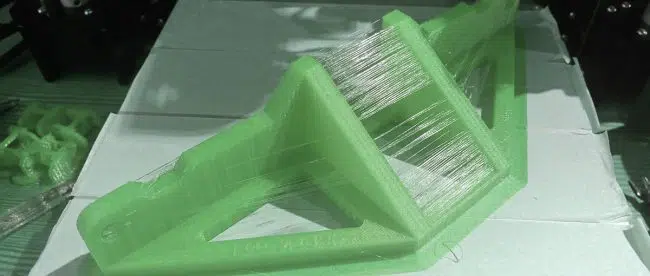
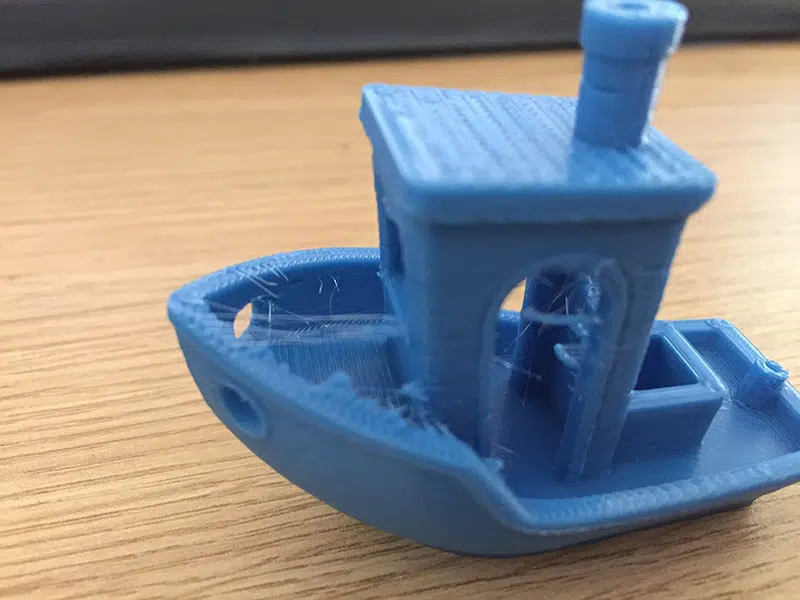
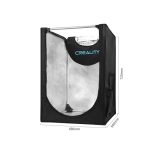


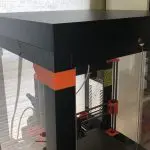
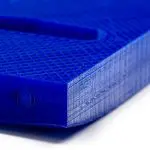
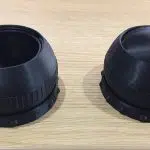
Leave a comment
You must be logged in to post a comment.